The stormy rains are showing their power. I hope you take this opportunity to get a job, so the bandits won’t be harvesting. If not, then blame yourself, because you’re stupid. Keep on mowing the grass for peanuts and letting yourself get murdered.
in collaboration with the Estate of OMARA, Everybody Needs Art and Longtermhandstand, Budapest
OMARA - Mara Oláh (1945–2020) was one of the most influential, internationally acknowledged Hungarian Roma painters. Her art addressed decisive events that determined her own life: she painted scenes from her life and summarized her thoughts and feelings in messages inscribed onto the image surface. The linking of the figurative and the narrative, coupled with the raw, poster candour of her works, resulted in a unique contemporary language that Omara used to unravel the social reality of her descent and womanhood beyond dealing with her own destiny.
A self-taught artist, she started painting at the age of 43 following her mother’s death. Using art as a therapeutic tool to overcome and come to terms with humiliation, the grief felt over losing her mother, the anguish of alienation from her daughter and the physical pain of her cancer, her paintings show the major traumas of her life. In 1991 she took one of her paintings – exploring her experience of her eye surgery – to the Hungarian National Gallery in Budapest, and has been encouraged by the Gallery’s professionals, since then she continued to paint and started to exhibit her work.
Since 1992 her pictures feature inscriptions, as a result of a misunderstanding surrounding one of her works at an exhibition in Szeged: a painting representing a real occurrence, Mara on all fours looking for her glass eye in the grass, was presented as »Mara Resting,« while a double portrait of Omara and her sister was put on display as »Lesbians.«
Her series of blue pictures, the first appearing in 1997, show the difficulties, racism and discrimination she faced throughout her life. In her autobiography she says: »Blue was always the colour of my daughter, blue was her best dress when she was a little girl, she wanted her room to be painted blue when she grew up, it was her favourite. […] In 1997 I had a dream which told me I should paint the picture I was to give to my daughter on her name day in blue. I could hardly wait to lay my hands on the paint and the boards. I had ice blue and white at home. And what did I paint? Myself with my hand on my heart, bowing deeply, thanking God for creating this in my dream. My daughter is the person I love most in the world, and this way I could make my girl’s dream come true.« Painted in various tones of blue and complemented with textual explanations, the blue pictures are confessions about the artist’s most important personal experiences, her relationship with her daughter, her ordeals as a Roma and a woman.
The inscriptions not only verbalise the pictures’ narratives, but they also reflect on their significance regarding the present and the future (e.g. her work »”Not even a kiss until you stand with me in the daylight on the street as well”«).
The texts featuring in her paintings have a key role to play: this language is in itself productive, performative and constitutive. It is an act that defines and marks what does it mean to be a Roma woman to Omara, similarly to the feminist ideas of Judith Butler and John L. Austin: they are statements that do not communicate facts, they are not true or false, but Omara performs actions through them. Omara’s practice is a politically conscious, activist art and aims to represent Roma interests, challenging norms and conformity, and the system which created the rules. She does not confine herself within visual arts: she speak out through actions and statements she makes on television, in printed and electronic journals. She also regularly visits prisons to talk to the inmates about the life of the Roma on the »outside«.
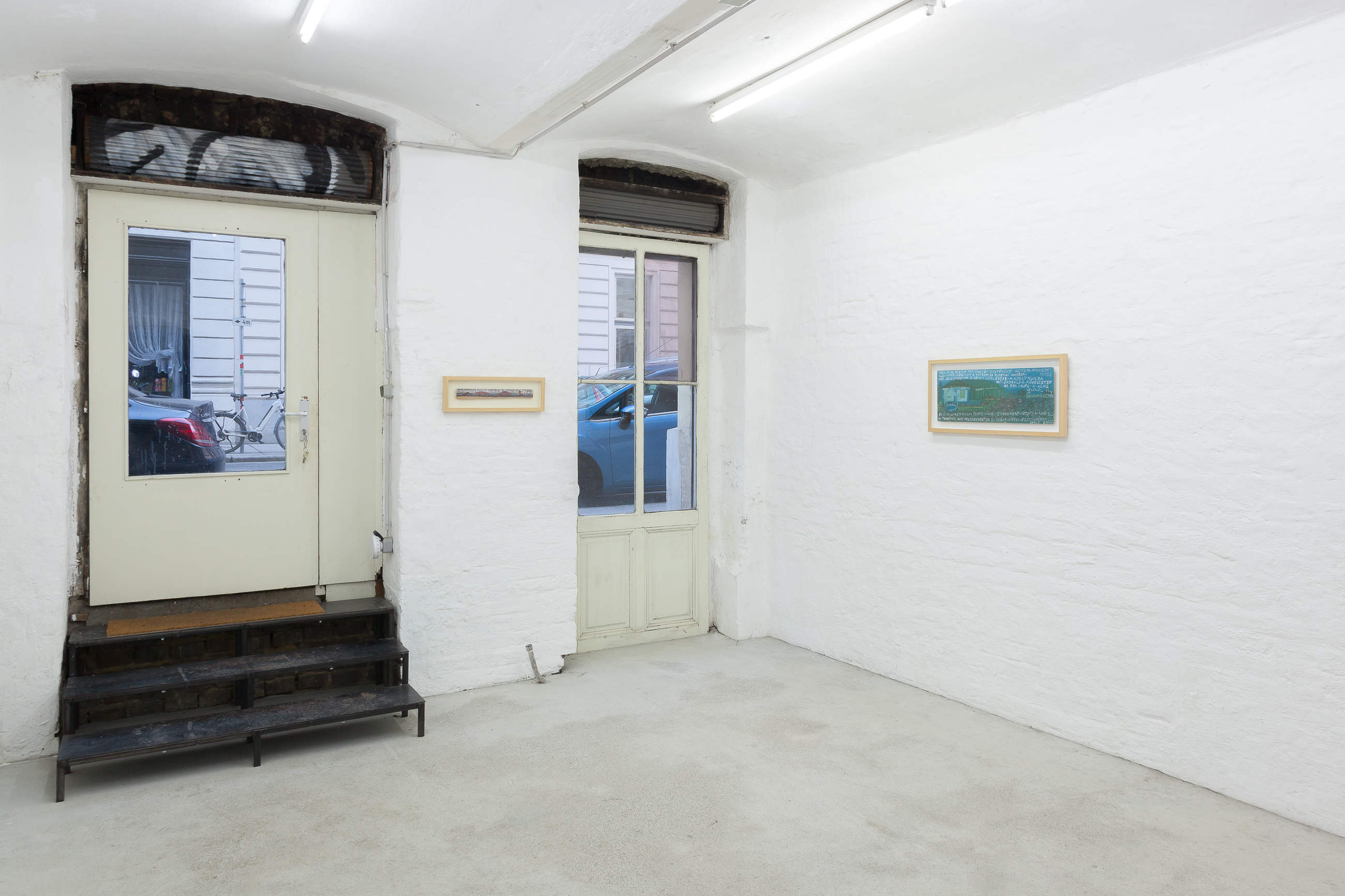
Exhibition view
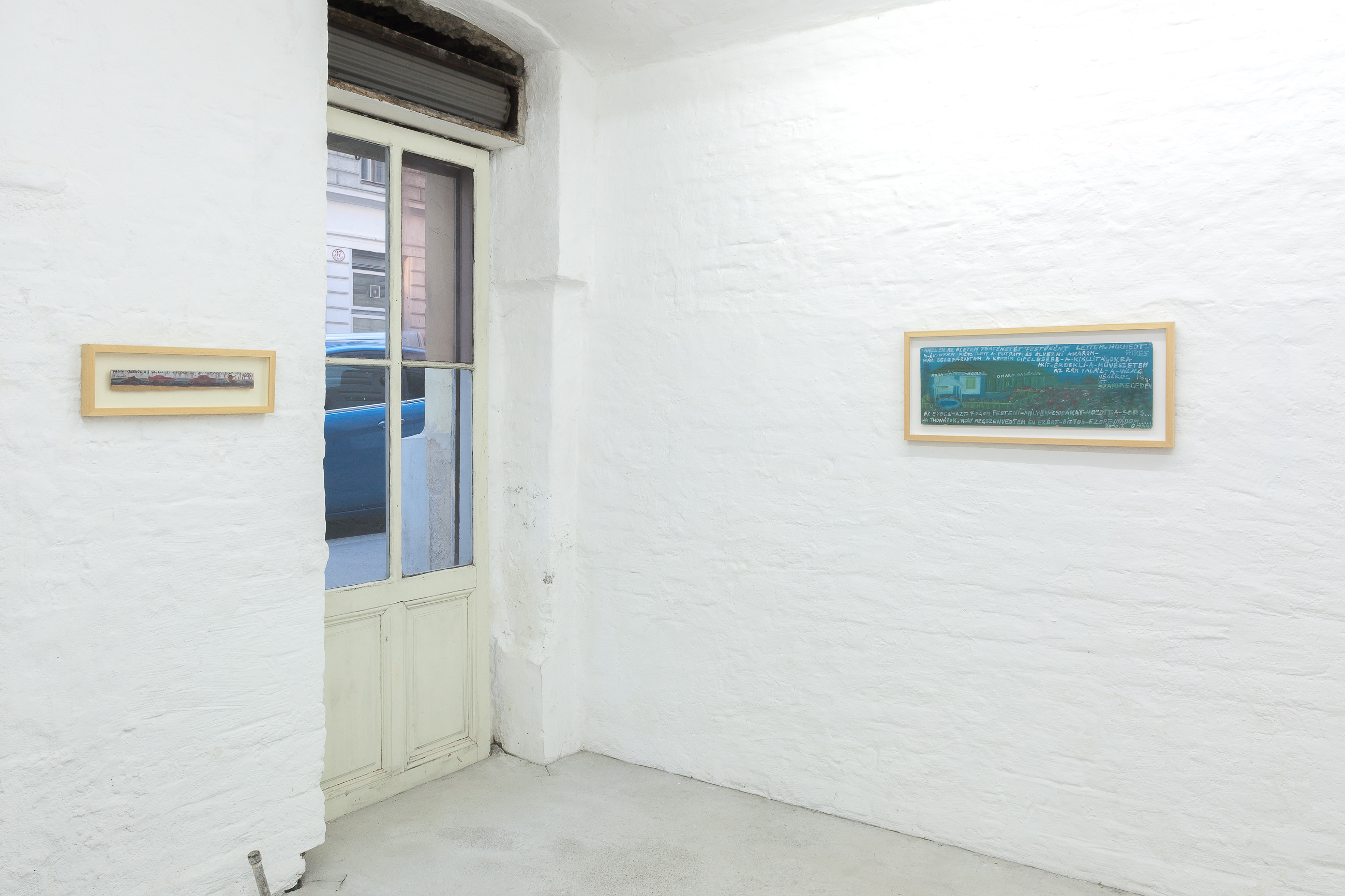
Exhibition view
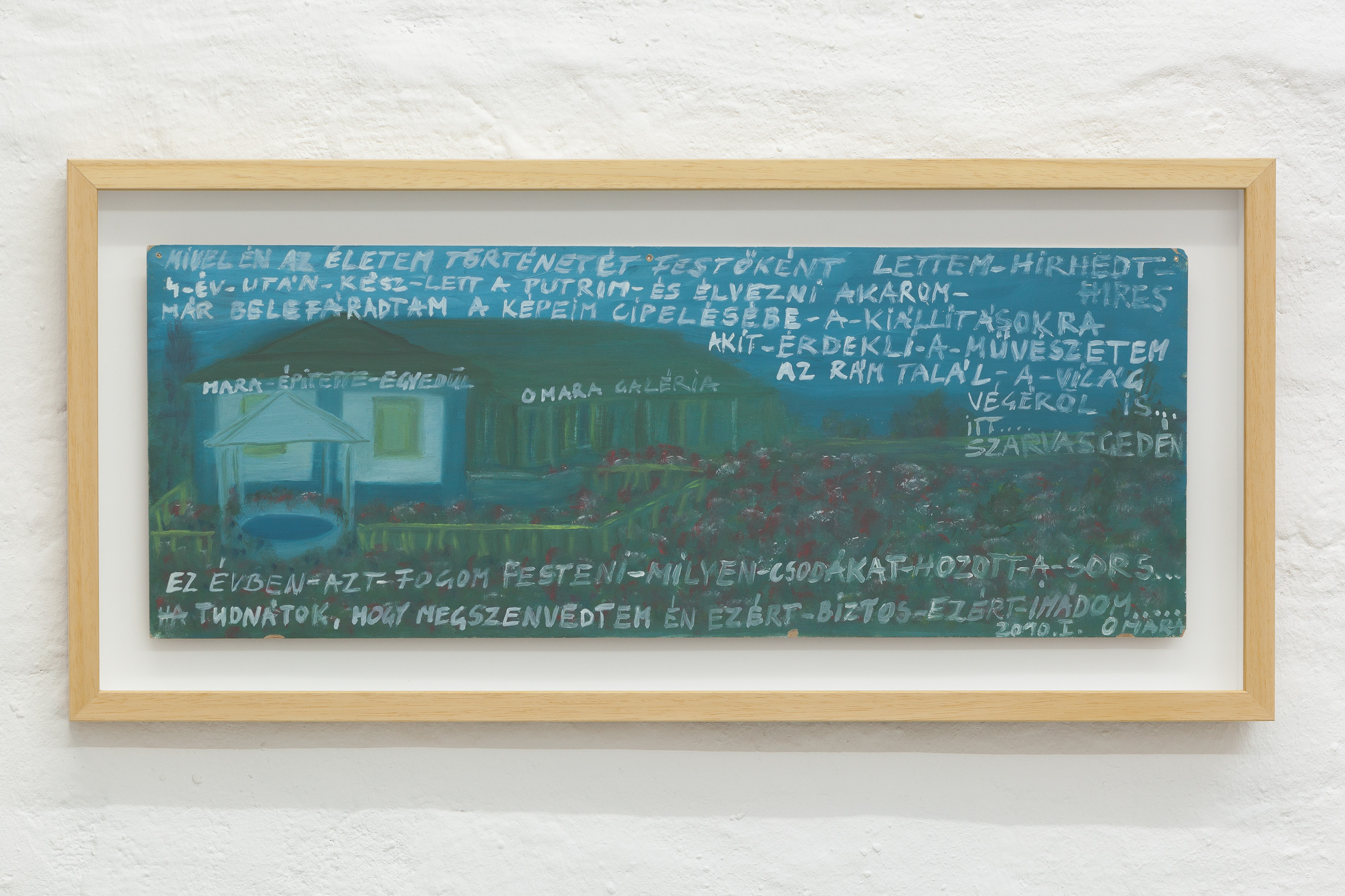
Since I became famous as a painter – in my life story - after 4 years my hut got ready and I want to enjoy it - I am tired of carry my paintings - the exhibitions – If someone is interested in my art he/she can find meg even in the end of the… Here… .. in Szarvasgede This year I’m going to paint what miracles my destiny brought me… If you knew about how much I was suffering for this – maybe this is why I love it…
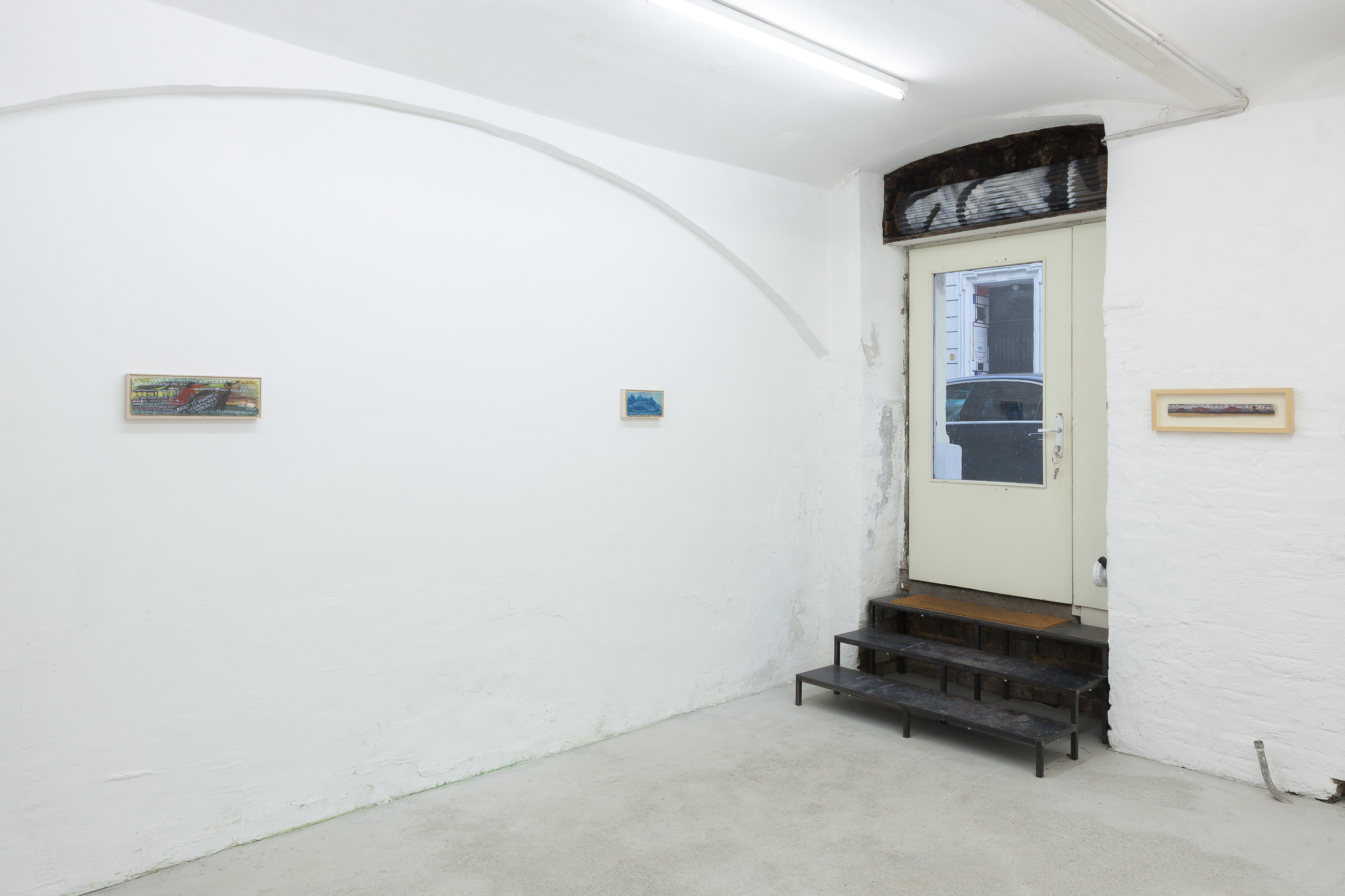
Exhibition view
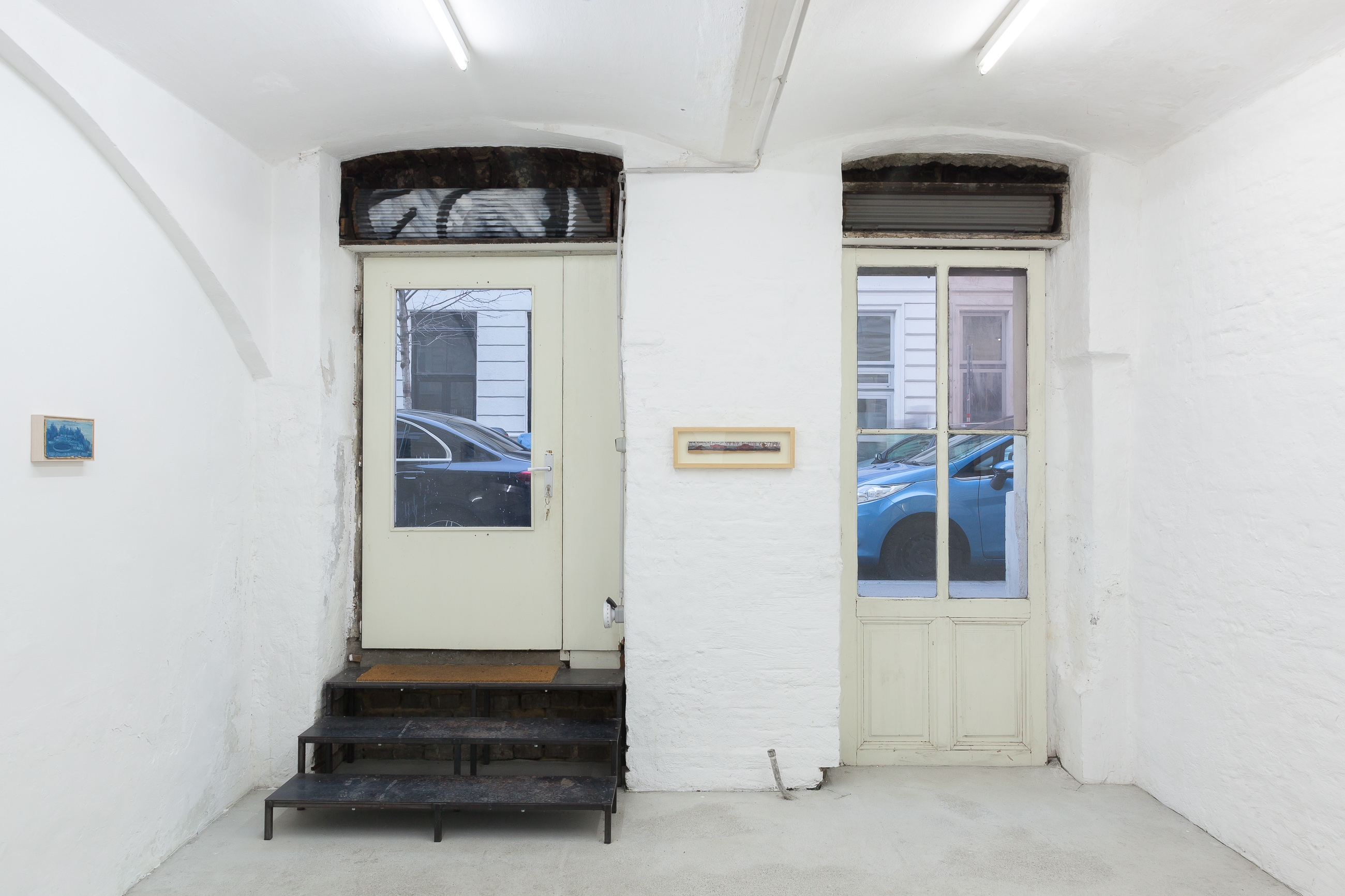
Exhibition view
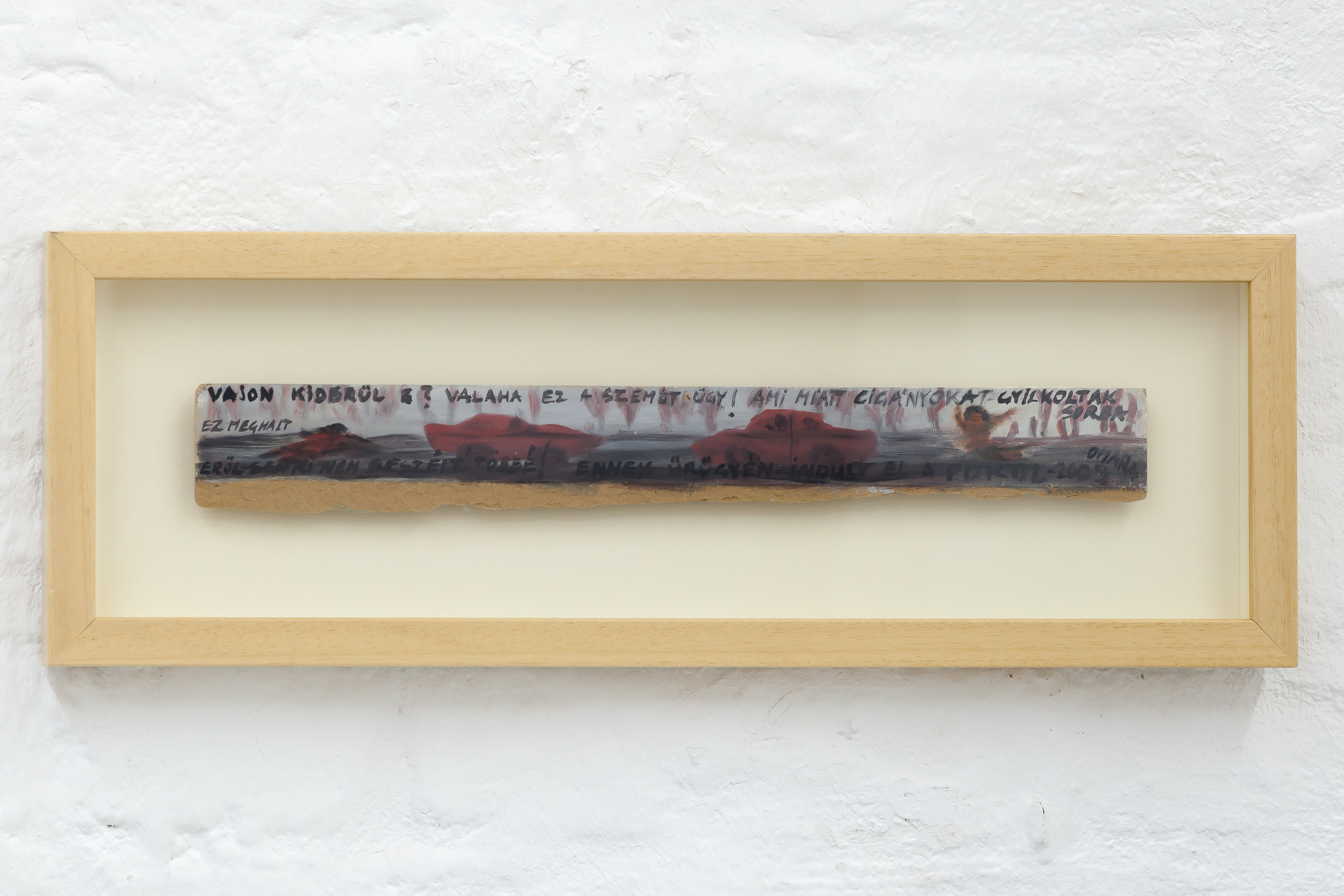
Will it ever turn out ? this dirty case ! for which gypsies were murdered in a row
This is dead
No one talked about this anymore! The hell has started under the pretext of this.
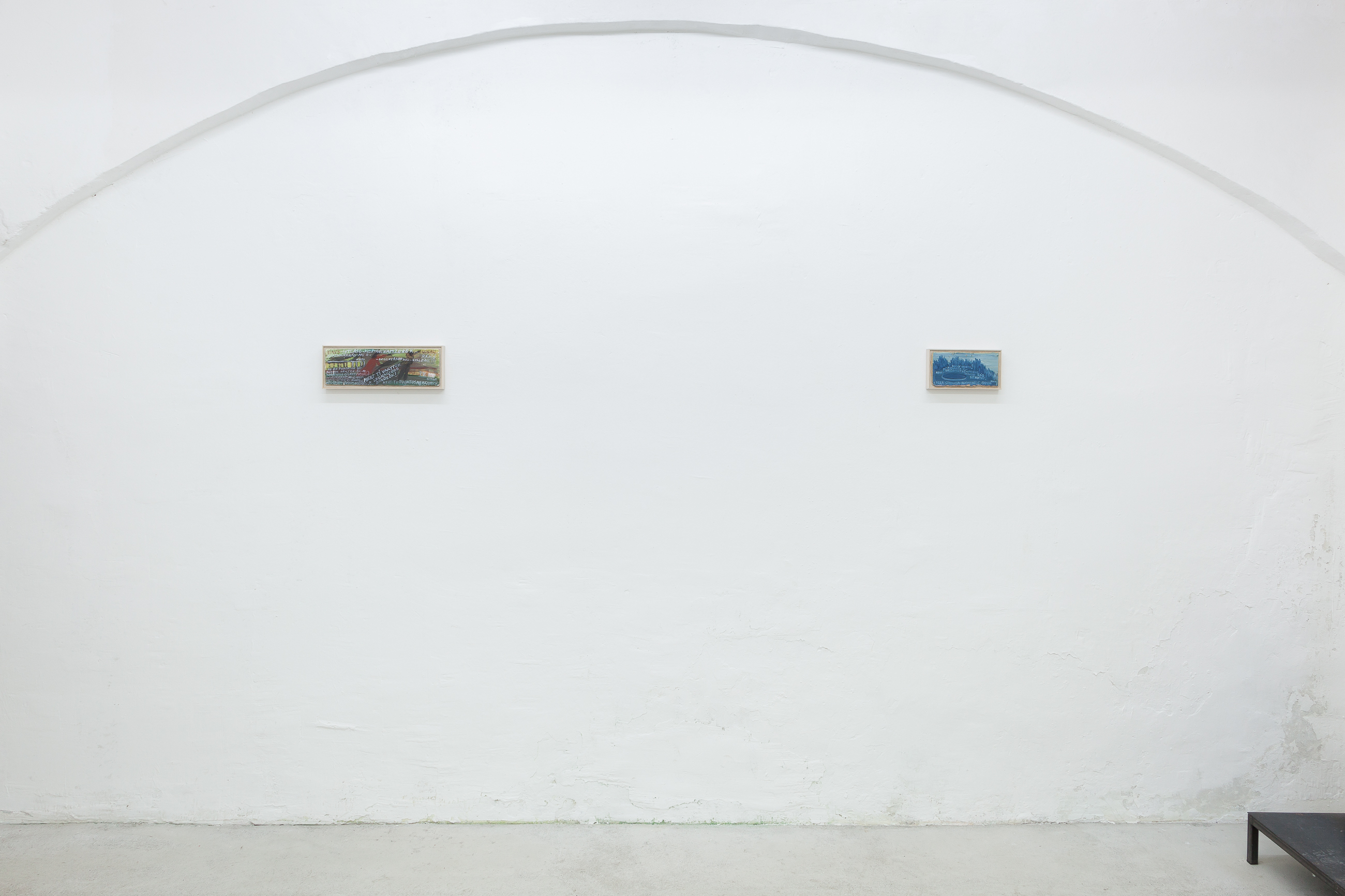
Exhibition view
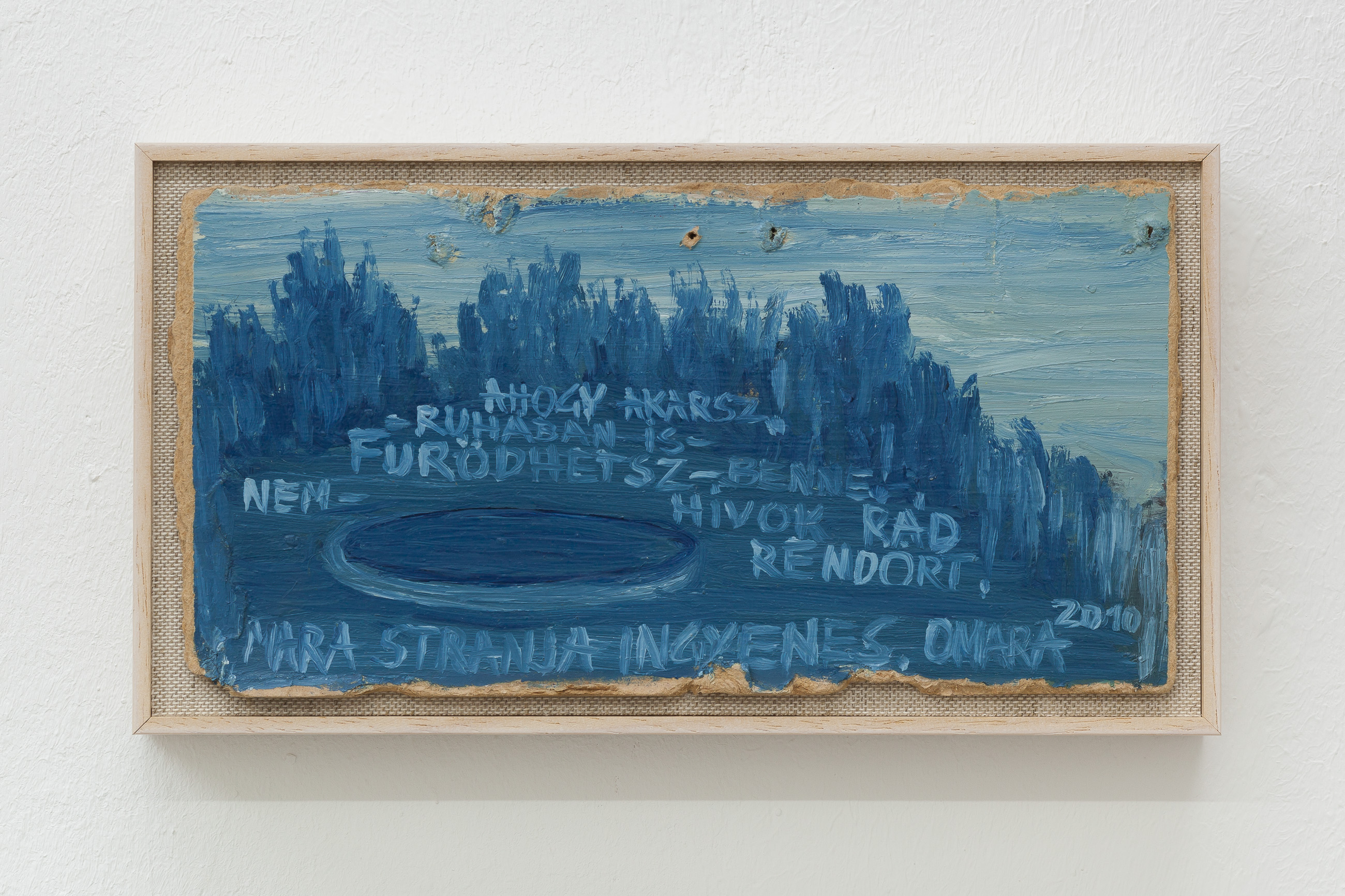
If you want
You can swim in it, even in clothes
Im not gonna call the police.
Mara’s beach is free.
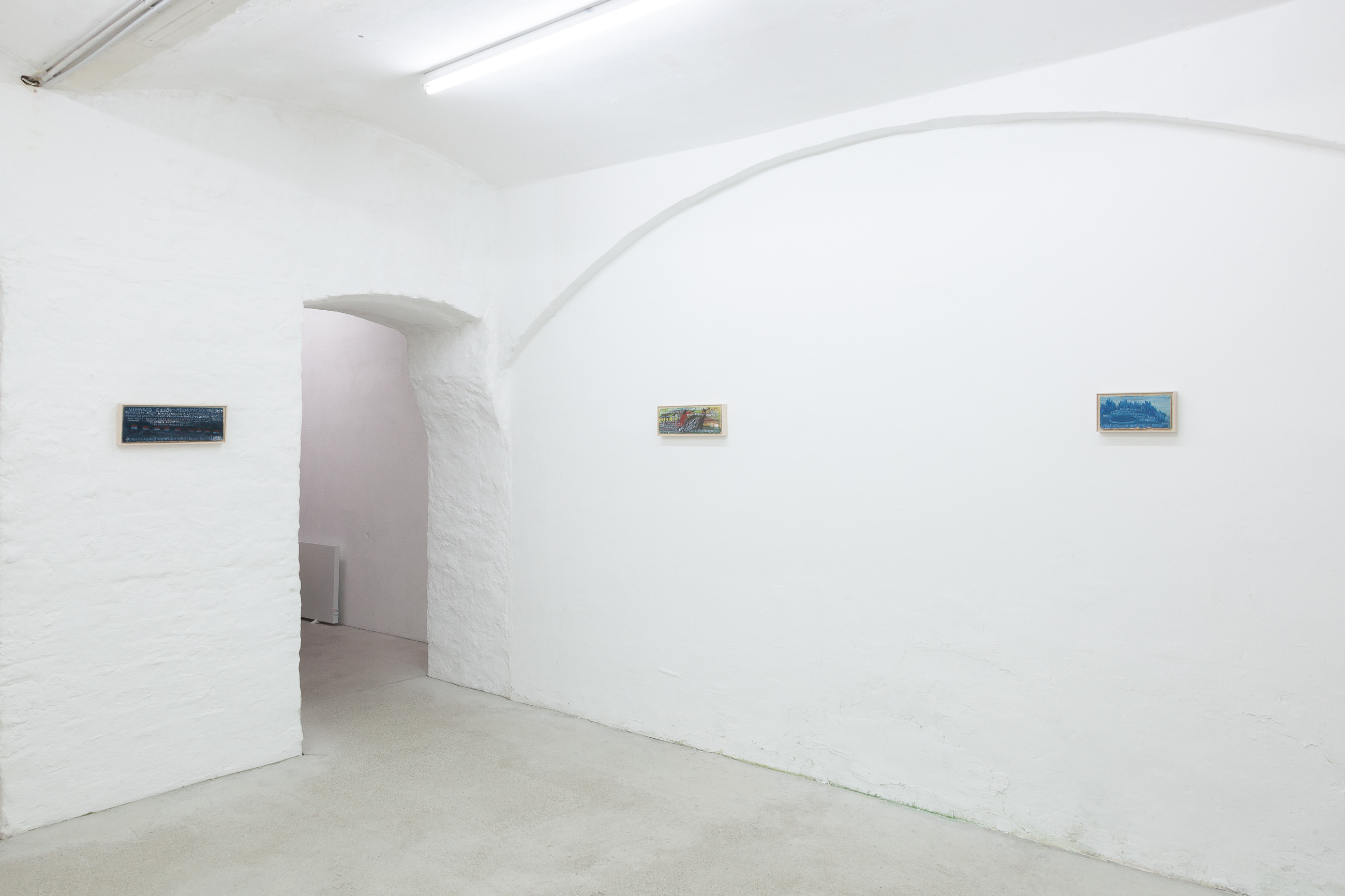
Exhibition view
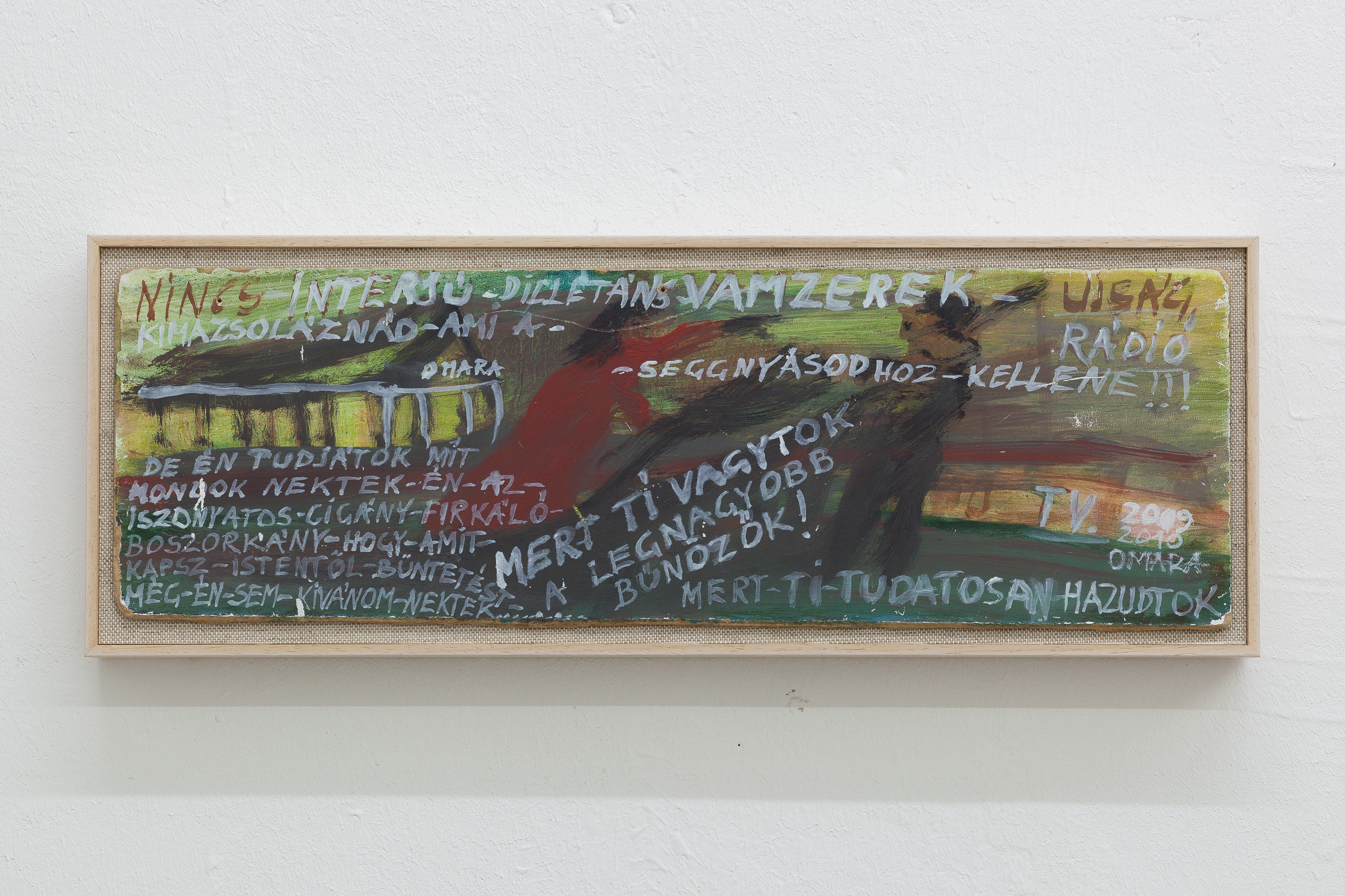
No interview for you dilletante traitors - newspapers, radio! You’d just pick those parts that you need for your ass-licking. But you know what I say - me, the horrible Gypsy, scribbling witch - that what you’ll get from God as punishment, I wouldn’t wish on you. You’re the biggest criminals, because you lie on purpose.
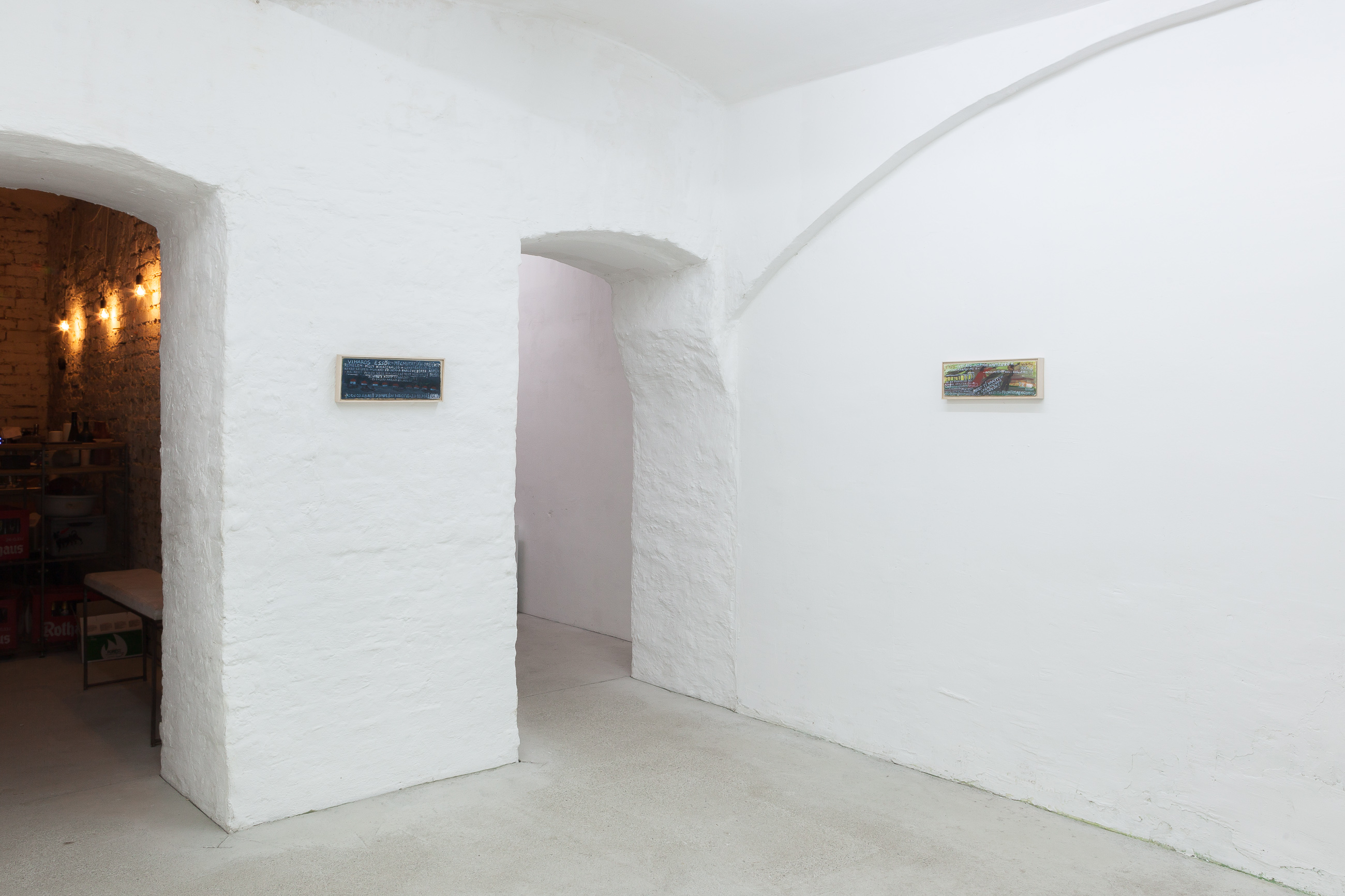
Exhibition view
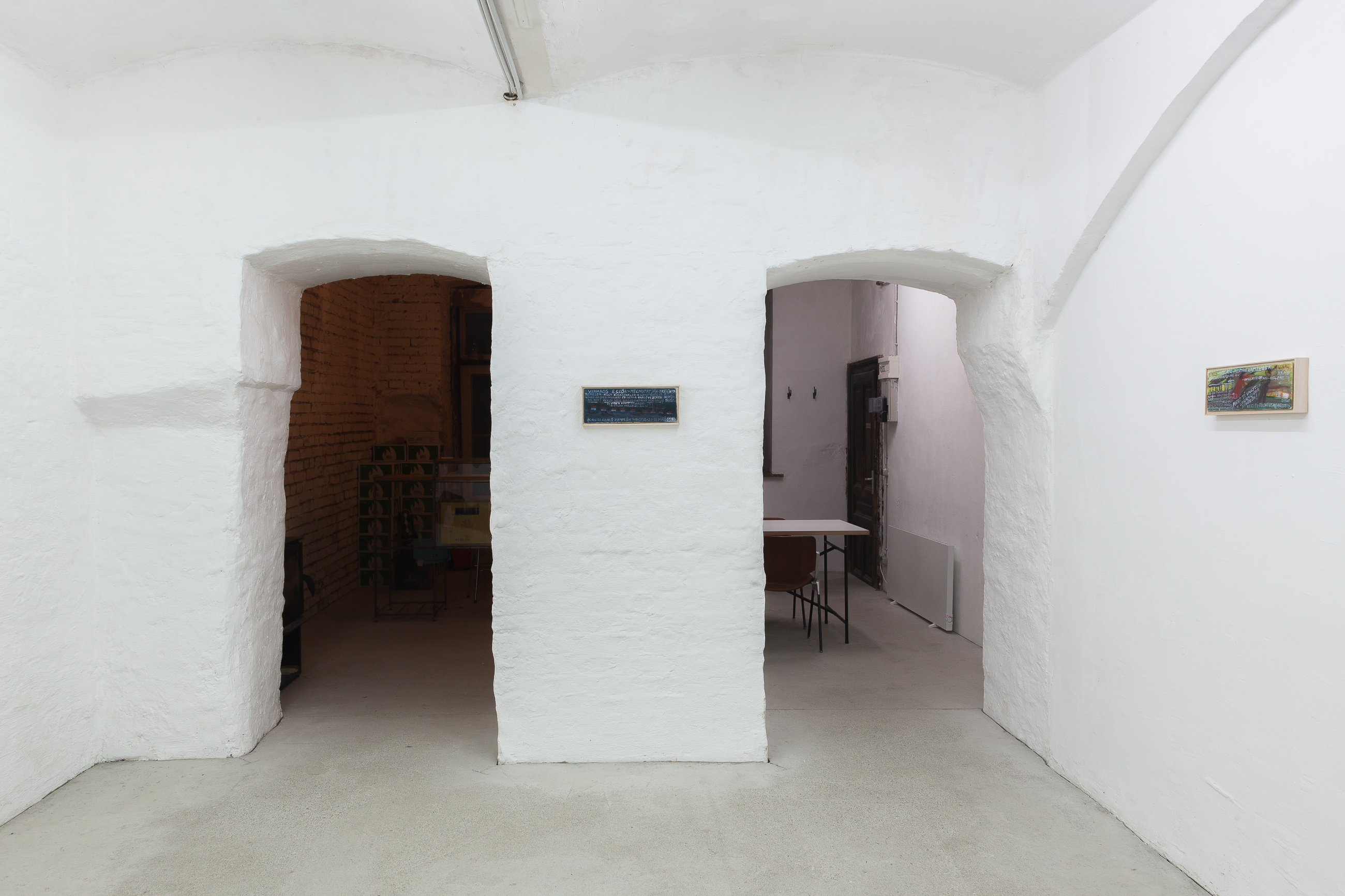
Exhibition view
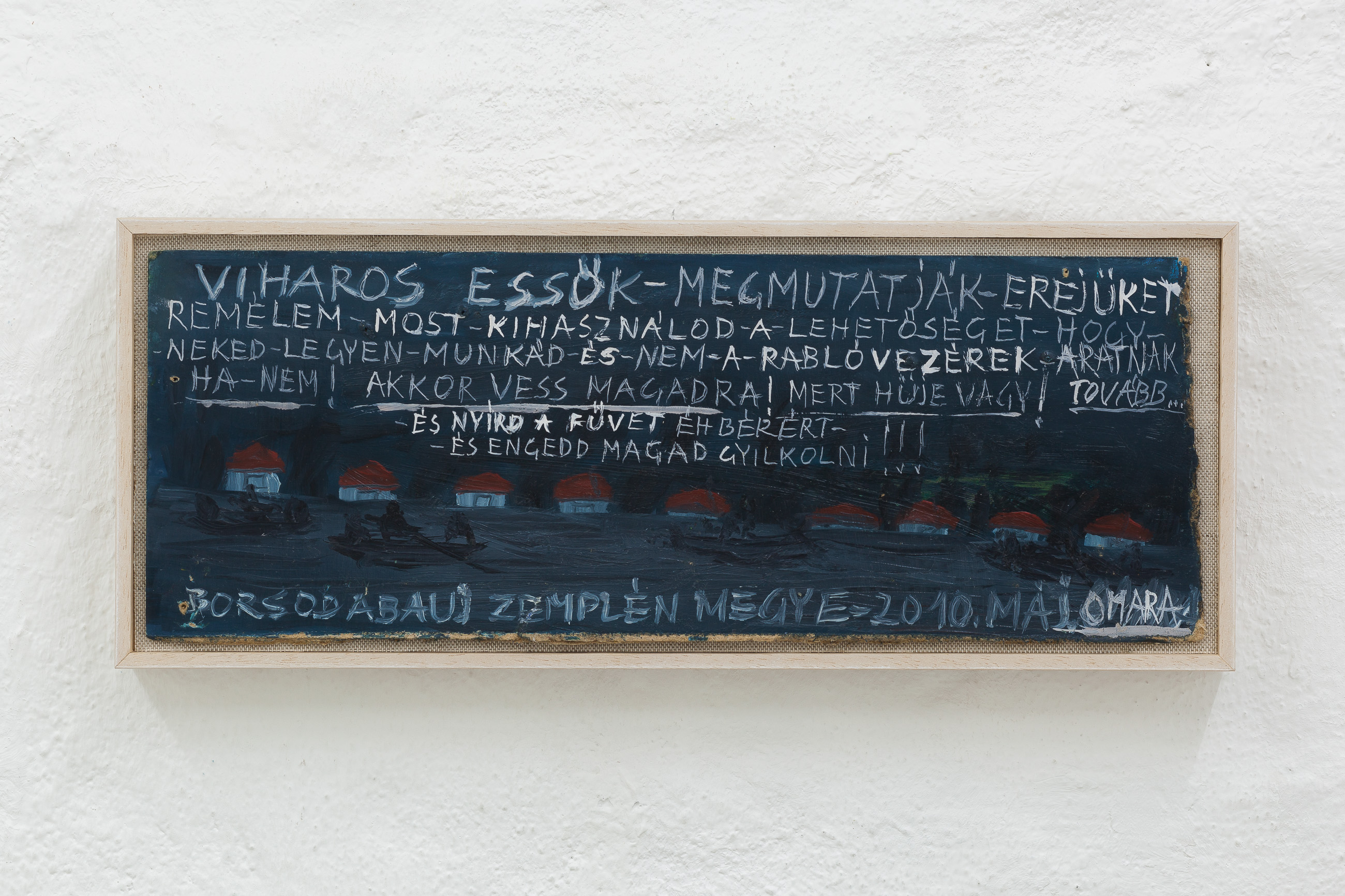
The stormy rains are showing their power. I hope you take this opportunity to get a job, so the bandits won’t be harvesting. If not, then blame yourself, because you’re stupid. Keep on mowing the grass for peanuts and letting yourself get murdered. Borsod-Abaúj-Zamplén County May 2010.
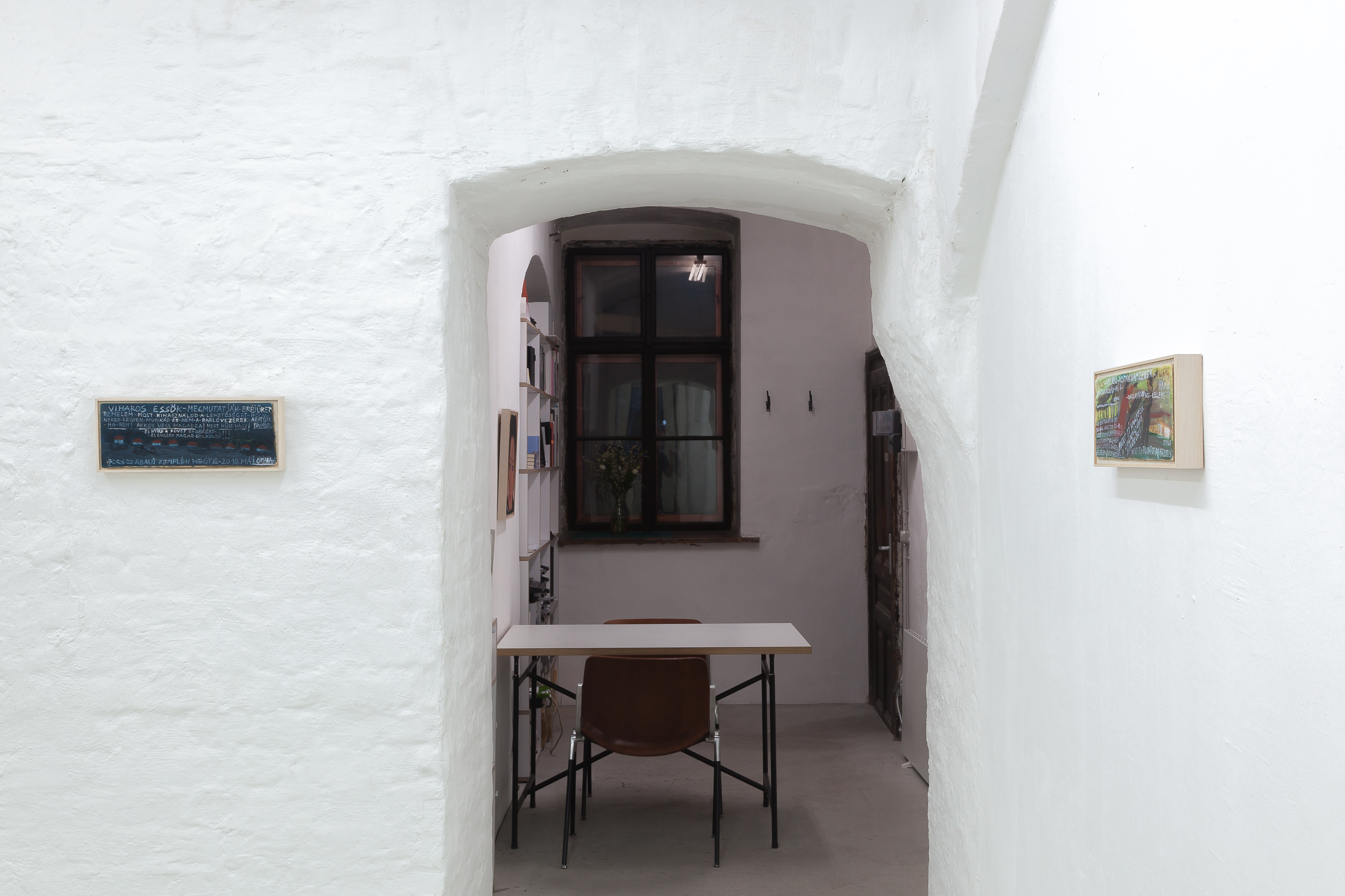
Exhibition view
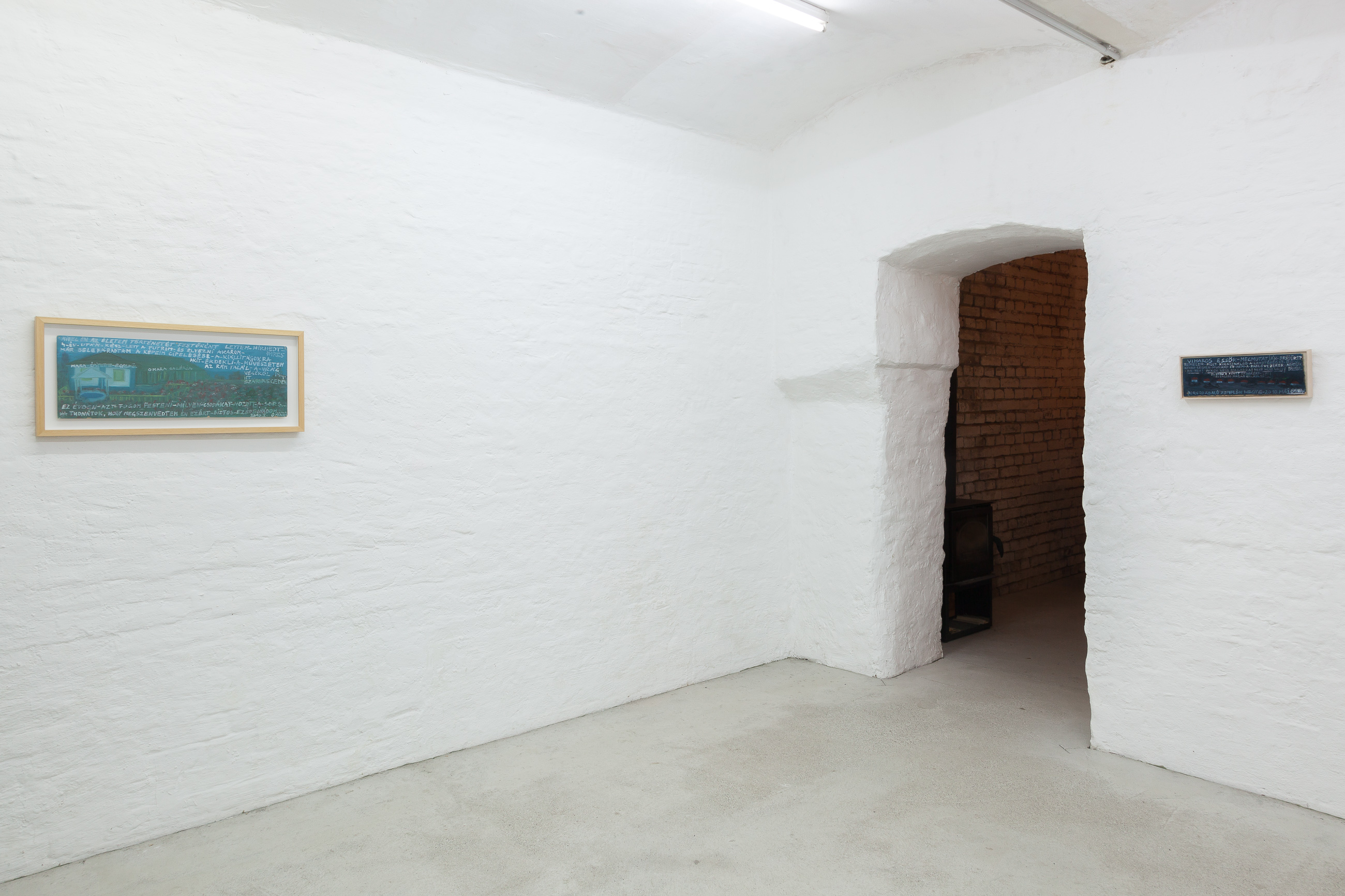
Exhibition view
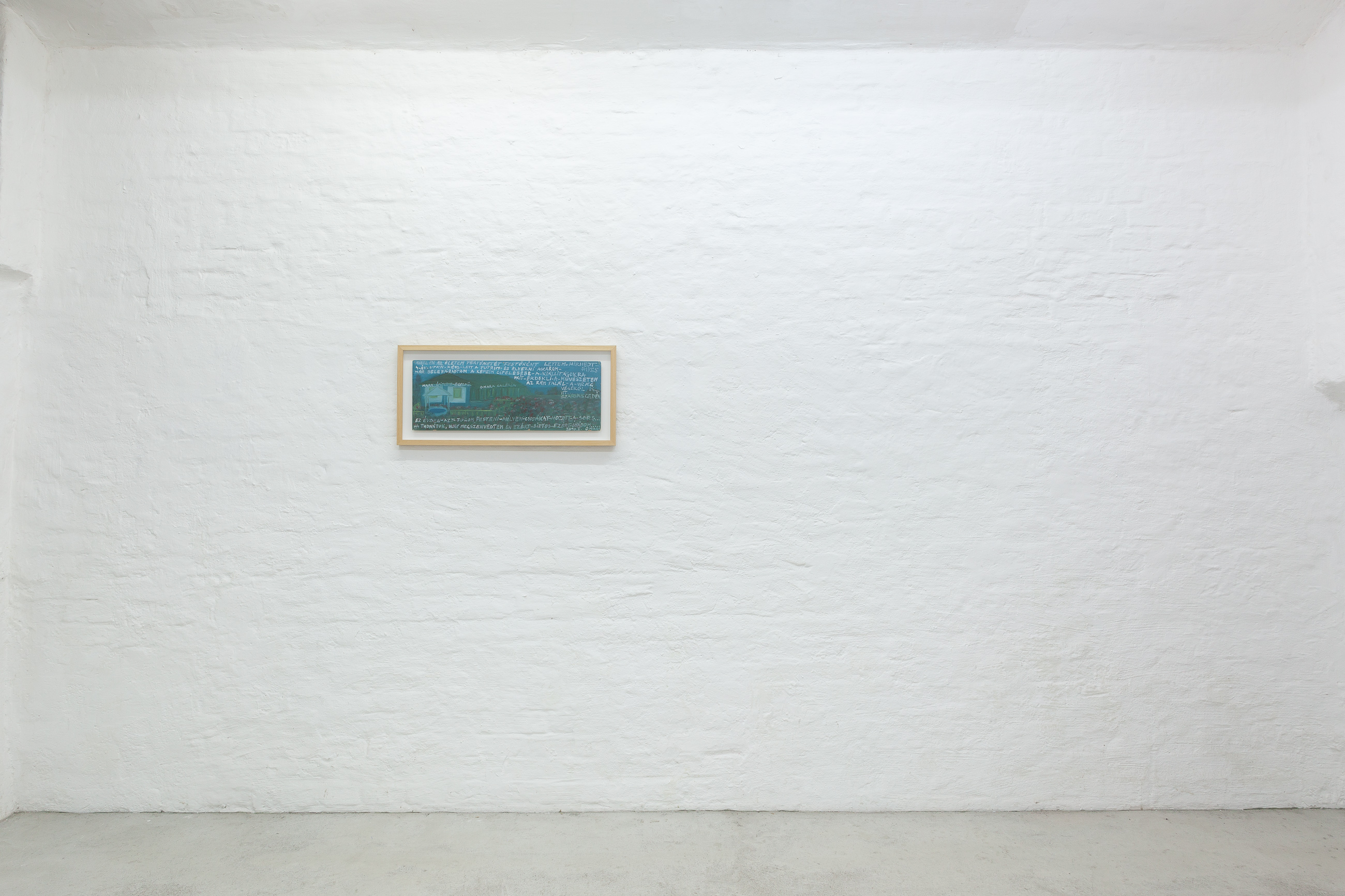
Exhibition view
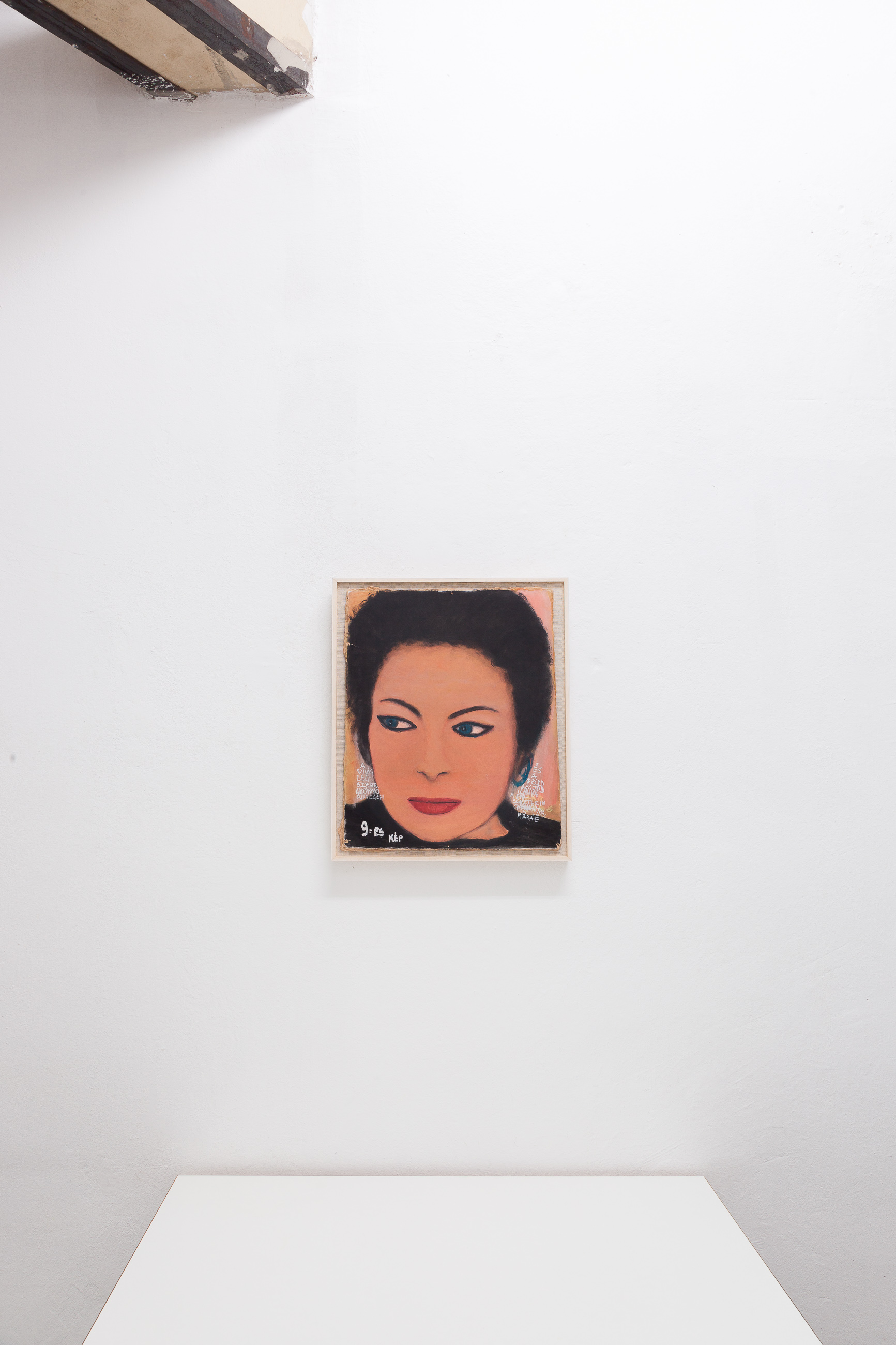
Exhibition view
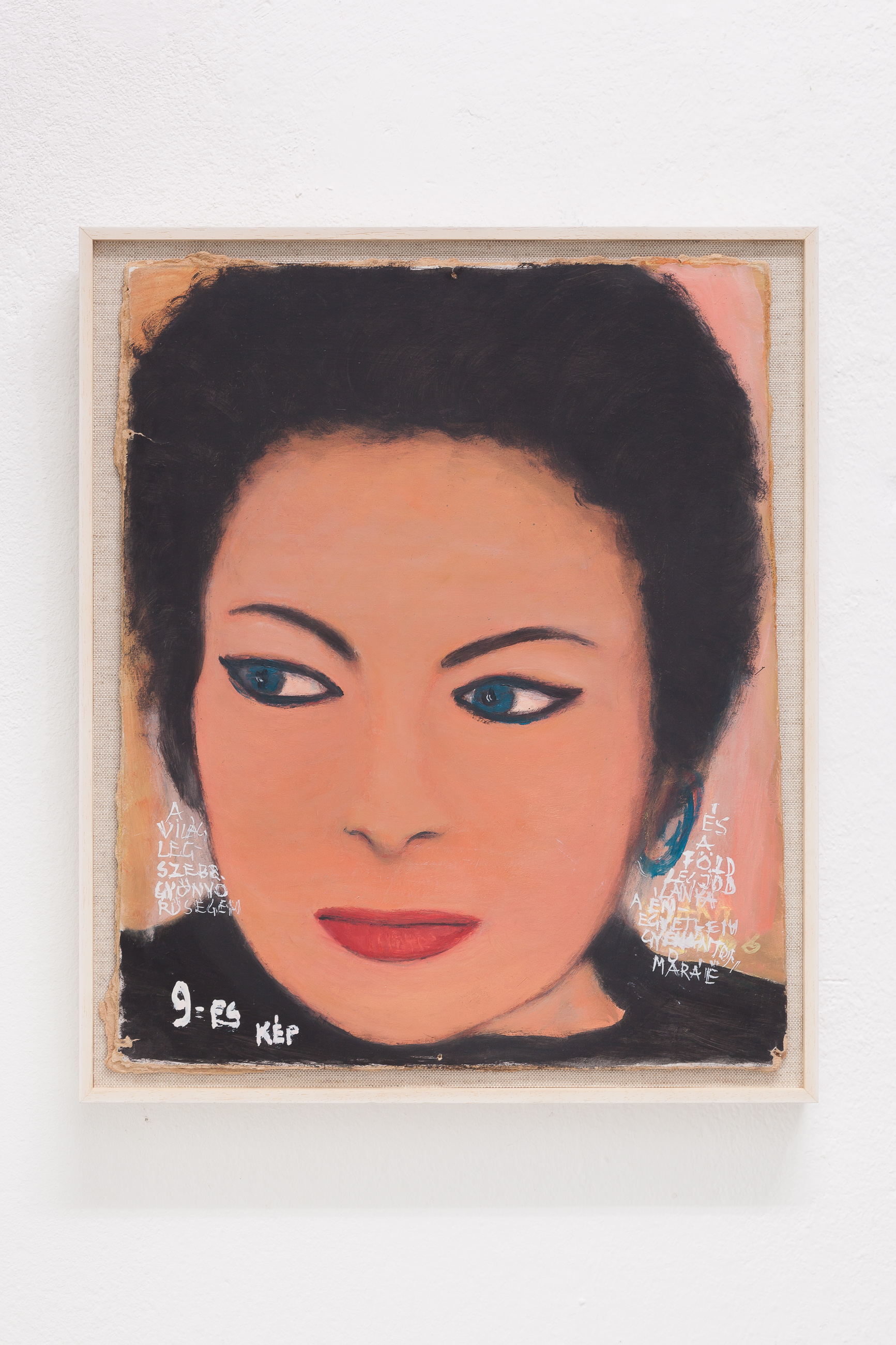
The most beautiful
My beauty
and the best daughter on earth
My only diamond
Mara’s
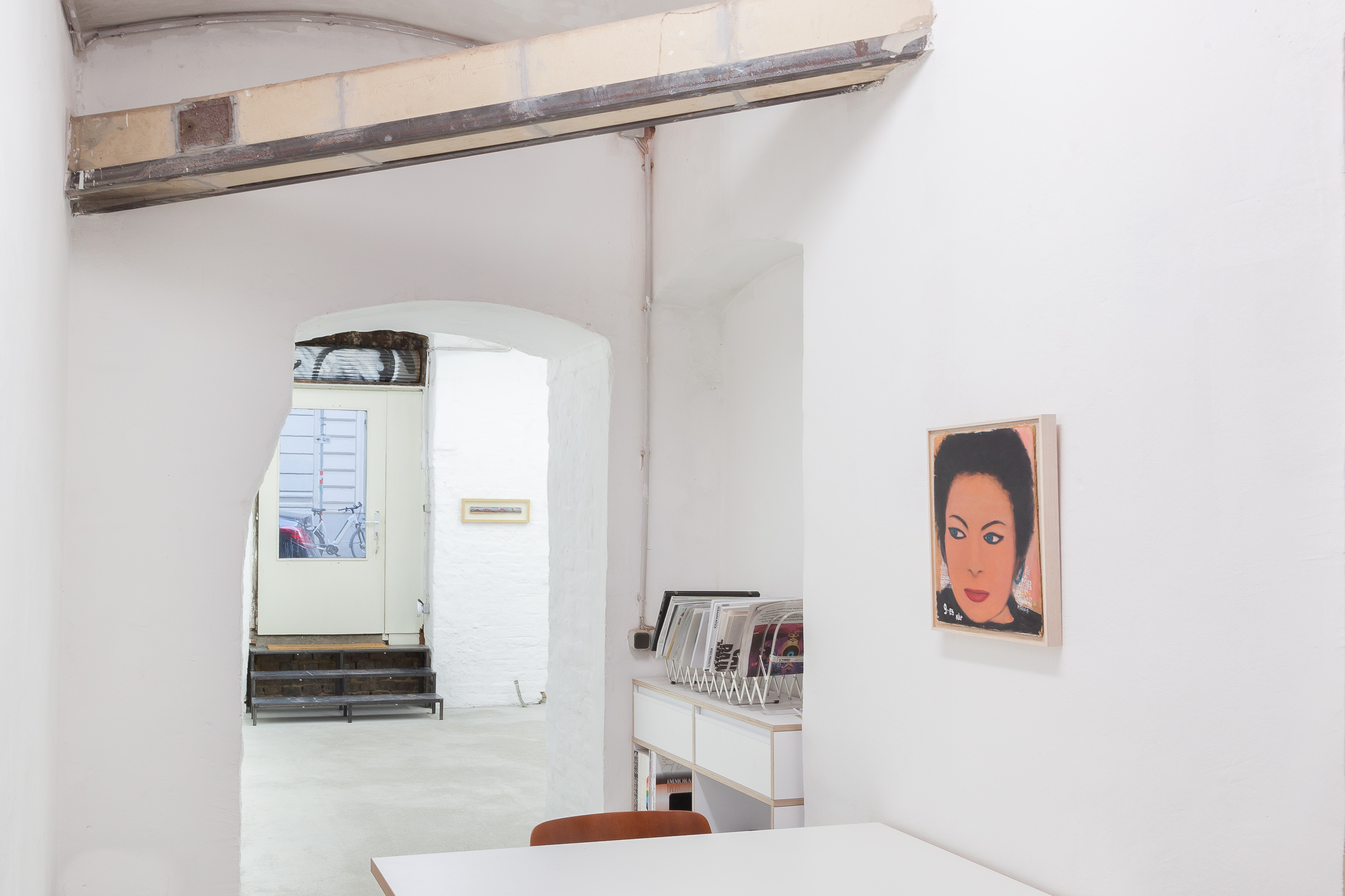
Exhibition view
Photography: Flavio Palasciano